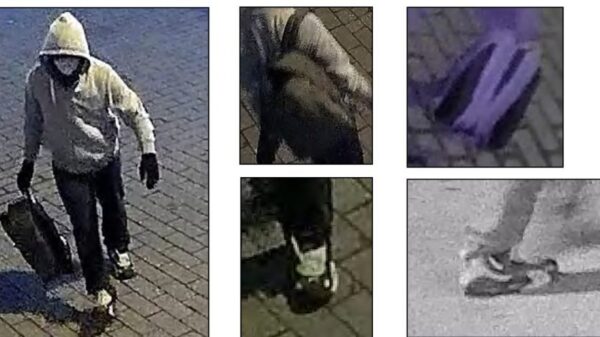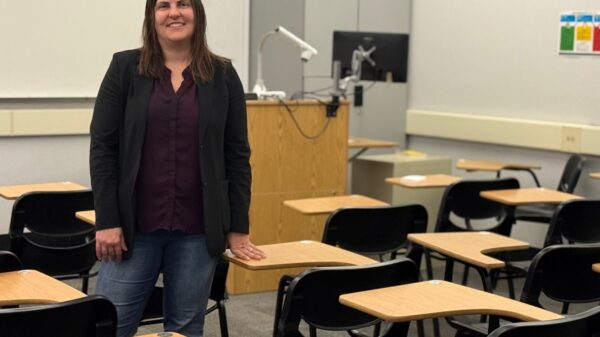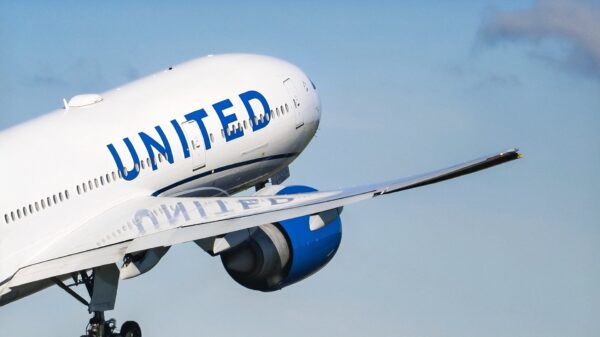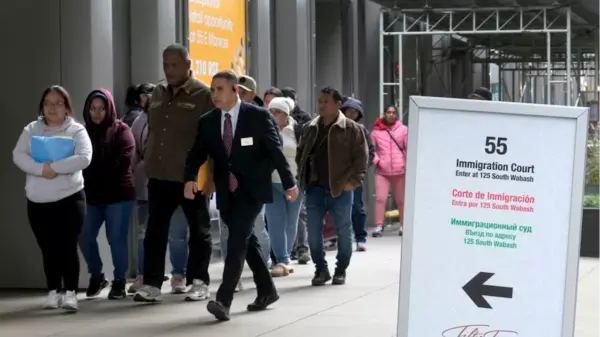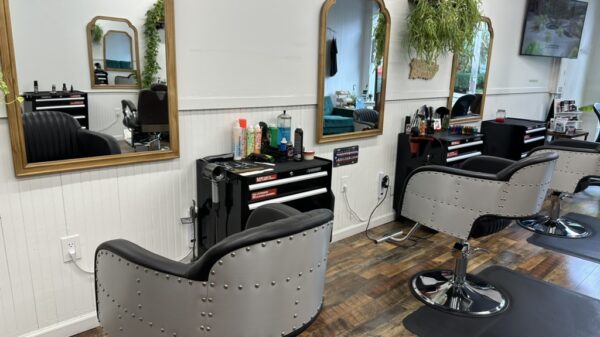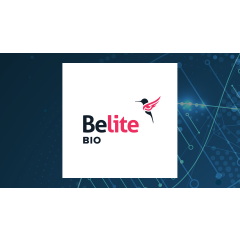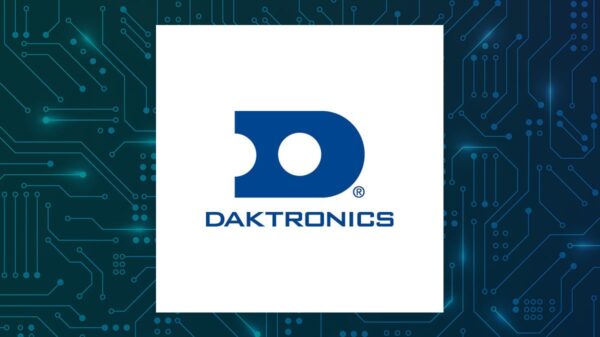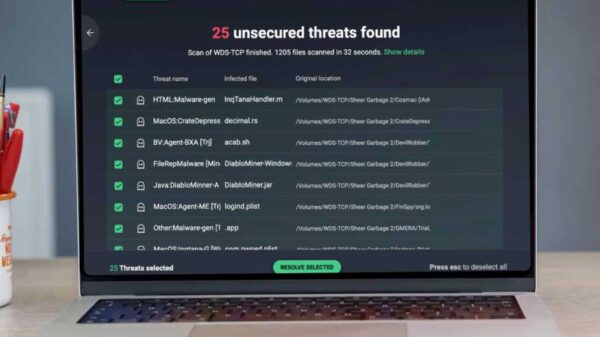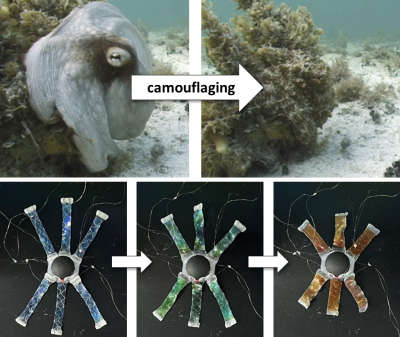Property safety is increasingly important for landlords and property managers, as rising tenant expectations and liability concerns drive demand for smart safety tools. These technologies are no longer optional upgrades; they are essential investments that can reduce insurance costs, minimize vacancy rates, and provide a competitive edge in the rental market. A significant 58% of renters prefer properties equipped with smart home capabilities, highlighting the urgency for modernization in property management.
Transforming Safety with Smart Technologies
Smart safety solutions facilitate comprehensive protection while streamlining management tasks for landlords. Central to this modern security approach is video surveillance, which offers visual oversight and supports other safety measures. Today’s camera systems provide advanced monitoring capabilities that can prevent incidents before they escalate.
Business security cameras play a crucial role in maintaining safety across multiple zones. Property owners require robust monitoring solutions adaptable to various areas and capable of integrating seamlessly with existing management platforms. Cameras designed specifically for rental properties can withstand outdoor elements, monitor hallways, and cover parking lots, often featuring cloud storage for footage retrieval even if local devices are compromised. By monitoring common areas, entry points, and exteriors, these systems help distinguish between routine behavior and suspicious activity, minimizing false alarms while ensuring vigilant oversight.
Choosing the Right Security Cameras
When deploying security cameras, strategic placement is vital. Indoor cameras should be positioned in shared spaces like lobbies and hallways, while outdoor units must be weather-resistant, equipped with night vision, and housed in durable, tamper-resistant casings. Features such as ultra-high resolution and two-way audio communication enhance functionality, allowing for around-the-clock remote monitoring.
Live video monitoring adds an extra layer of security. Trained professionals can observe camera feeds in real-time, assessing situations and coordinating with law enforcement when necessary. Integrating access control systems with business security cameras allows property owners to create a layered security approach, effectively preventing unauthorized access.
Modern smart locks have evolved beyond basic keyless entry, incorporating biometric scanning, temporary codes, and multi-factor authentication. These advancements ensure that only authorized individuals can access properties. Today’s smart locks offer features like fingerprint recognition and smartphone-based entry with geofencing capabilities. Audit trails provide transparency on who accessed specific areas and when, while temporary codes for maintenance workers can automatically expire after use.
For sensitive areas, multi-layered authentication is essential. Combining proximity cards with PIN codes or requiring smartphone verification enhances security. Emergency override capabilities allow landlords to access properties during crises while maintaining comprehensive logs of all entries.
Internal emergency detection systems augment access control measures by monitoring threats within secured areas. Modern fire and smoke detectors connect to building-wide networks, sending alerts to tenant smartphones and property management dashboards. Heat sensors offer early fire detection in locations prone to false alarms, such as kitchens.
Water damage is another significant risk for rental properties. Smart sensors positioned near water heaters and in basements can detect moisture instantly, triggering automatic shut-off systems to prevent extensive damage.
According to a study by Booking Ninjas, approximately 90.2% of property managers utilize accounting software, indicating a strong foundation for adopting advanced technologies. This tech-savvy groundwork facilitates smoother integration of emergency systems.
Enhancing Emergency Response and Perimeter Security
Vulnerable tenants benefit from panic button systems and fall detection sensors that automatically notify emergency services and designated family members. While internal monitoring safeguards against emergencies inside properties, perimeter security establishes a first line of defense against external threats. Intelligent monitoring at property boundaries can distinguish between legitimate visitors and potential intruders.
Smart doorbells and window sensors contribute to comprehensive perimeter awareness. AI-powered doorbells recognize known individuals, track deliveries, and enable two-way communication, enhancing visitor management and reducing the risk of package theft.
For entry point protection, magnetic sensors, glass break detectors, and vibration monitors provide thorough coverage. These systems can include silent alarm options for discreet monitoring and differentiate between accidental contact and forced entry attempts.
While physical security measures effectively address human threats, environmental hazards require specialized detection systems. Monitoring air quality and toxic exposures is essential for tenant safety.
Integrated platforms enhance communication between tenants, property managers, and emergency services. Dedicated safety apps allow for one-touch emergency alerts, incident reporting with photo documentation, and community safety forums. These platforms also provide seasonal safety reminders and facilitate neighborhood watch programs, bolstering community security.
Landlord management dashboards centralize monitoring, displaying the real-time status of safety systems, automated compliance reports, and predictive maintenance alerts. These tools help identify potential problem areas before incidents occur.
While universal safety principles apply across rental properties, unique challenges require tailored approaches. Legal compliance is crucial in implementing safety systems, ensuring that protective investments do not create liability issues. Privacy laws differ by location, necessitating careful camera placement and clear tenant disclosures regarding data storage and access.
Looking ahead, future safety technologies are expected to incorporate AI-powered predictive analytics, expanded Internet of Things (IoT) sensor networks, and enhanced connectivity through 5G. Planning for these advancements will ensure that safety investments remain effective as technology evolves.
For tenants considering security solutions, it is generally permissible to install security devices such as alarms and cameras, provided they do not record shared or common areas. Popular smart home equipment includes TP-Link Tapo cameras, Arlo video doorbells, Ultraloq smart locks, ADT Command systems, and Vivint Smart Home solutions.
Initial investments in smart safety systems for rental properties range from $2,000 to $15,000 per unit, depending on complexity. However, rental premiums may increase by 8-15%, potentially offsetting costs within two to three years.
As property managers navigate the evolving landscape of tenant safety, the integration of smart technologies is not just advantageous; it is essential for maintaining competitive rental properties.



